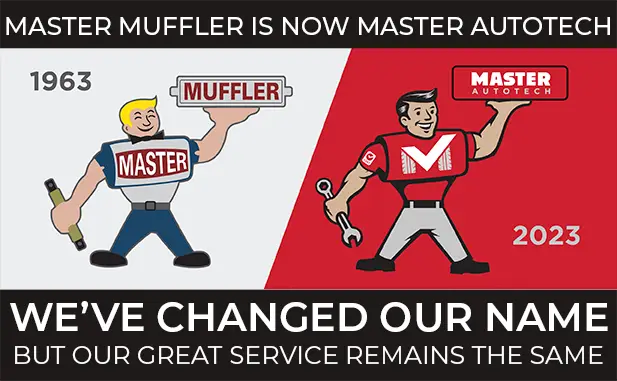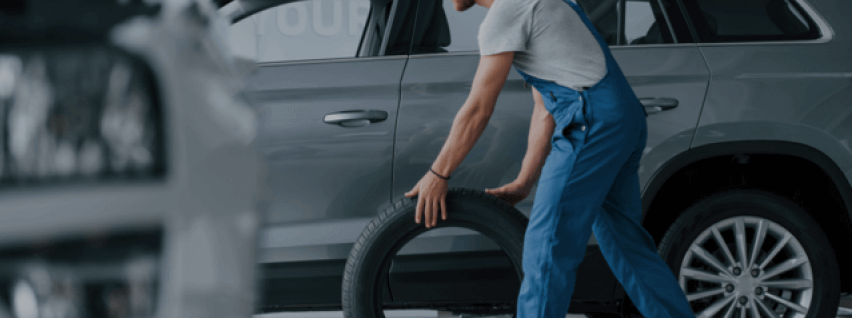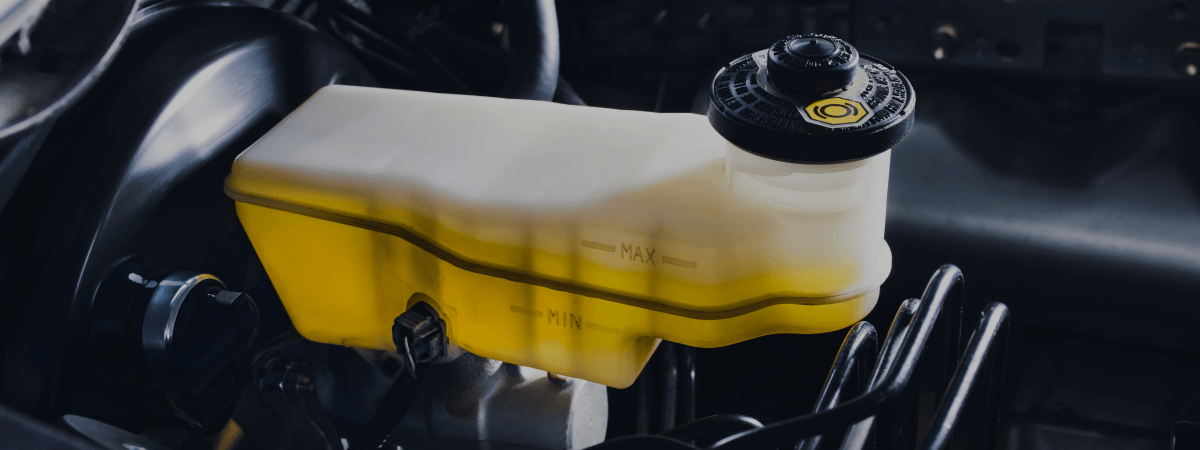The area you plan to paint should be lightly sanded, bringing it at least down to the first layer of paint, using a fine sandpaper with a grit number higher than 120. Next, the entire sanded area needs to be wiped down, to eliminate dust and paint residue. Make sure that you do this thoroughly. An ounce of prevention is worth a pound of cure, when it comes to auto painting.
Using a spray gun, apply several thin layers of auto primer. Thick layers can run and drip, leaving obvious flaws underneath the paint. A perhaps unexpected but nonetheless important step is to apply a guide coat of primer.
What this means is, using a primer of a different shade or color, apply just one thin layer over the last layer of the first primer color. This will be your guide as you gently sand the primer, to ensure even sanding. This trick can save you a tremendous amount of time and hassle later on.
To sand the primer, you will wet-sand with wet/dry sandpaper of between 400 to 600 grit. Using a soft foam pad, wrap the sandpaper around it, to help you work around curves and grooves. Keep a bucket of warm clean water by you as you work, to continually rinse both the area you are sanding and the sandpaper itself.
At last, you can pull of the tape and protective paper, which are probably soggy at this point. Rinse the entire car thoroughly with water. If you are not going to mask the protected areas and begin painting right away, be sure to apply a primer sealant and avoid getting any oil or debris on the car until it is painted.
If you are painting the car yourself, be sure to carefully cover and seal the protected areas again, before you start painting. Spray the paint in even, parallel coats, overlapping one paint swipe with another approximately 1/3 to 2/3 on top of the last swipe. Follow your manufacturer’s instructions on the paint job and number of coats, and remember to paint enough to cover, but never enough to drip or run. If you need help, don’t be afraid to contact your local auto repair center.
Related Posts
Key Takeaways On average, passenger vehicle tires last 40,000 to 60,000 miles, depending on type, driving habits, and maintenance. Replace tires when tread depth reaches 2/32”, if damaged, or older than 10 years. Regular rotation, alignment, and proper inflation extend tire life. Aggressive driving, poor roads, and harsh weather shorten tire lifespan. Take advantage [...]
When you think about car maintenance, you probably focus on oil changes, tire rotations, and maybe even brake pad replacement. But what about your brake fluid? If you’ve ever wondered, “What does brake fluid do?” or “Why is brake fluid important?”, you’re not alone. Brake fluid might not be the most talked-about part of [...]
Is that high-pitched squeal from your brakes driving you—and everyone else—crazy? Don’t ignore it. Squeaky brakes aren’t just annoying, they’re your car’s way of saying something needs attention. Whether you're cruising through Salt Lake City or winding up Idaho’s mountain passes, here’s what’s likely going on, how you can fix it, and when it [...]





